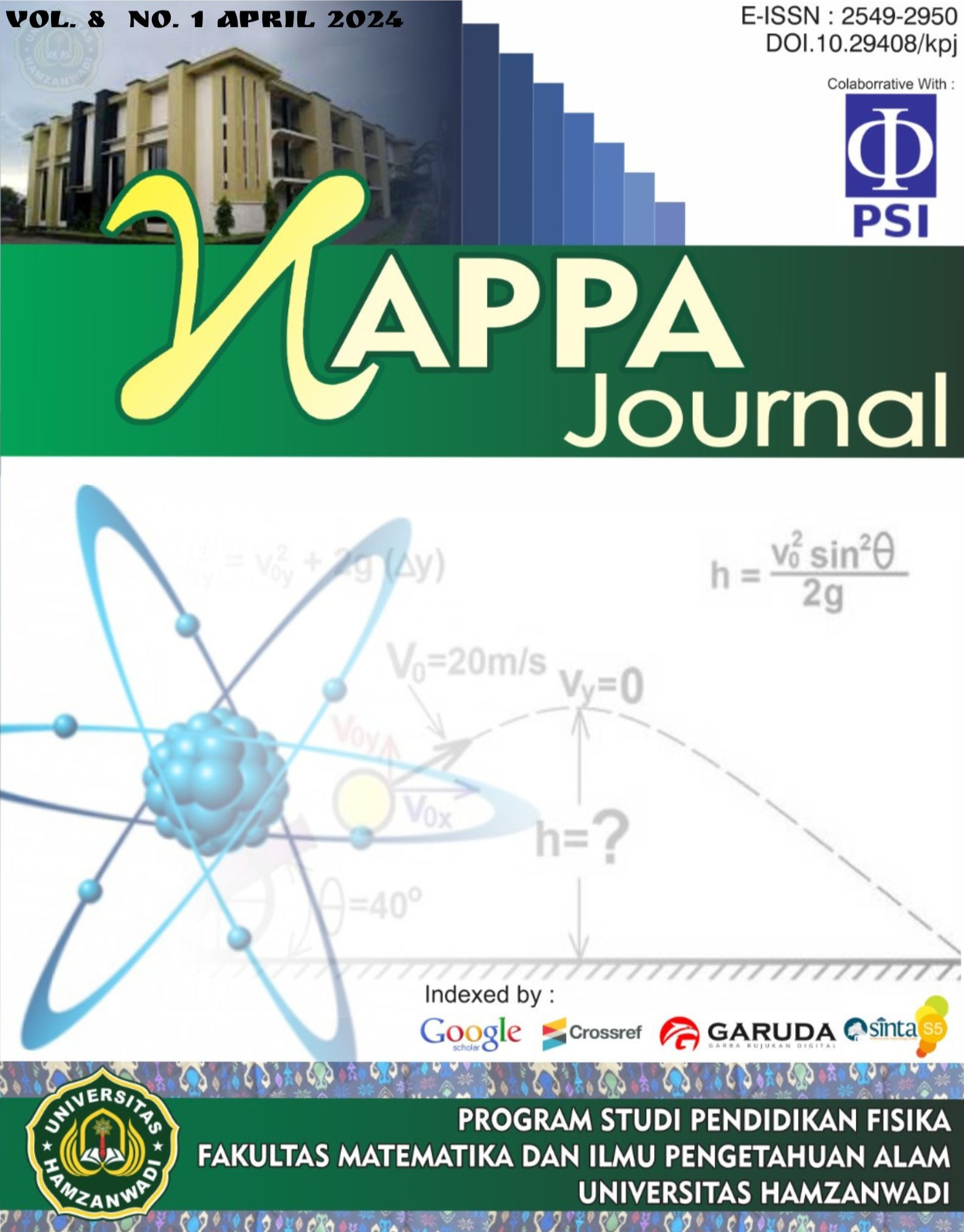The Effect of Time Repetition Variation on Brain MRI Imaging Quality On T2 Weighted Sequences
DOI:
https://doi.org/10.29408/kpj.v8i1.24885Keywords:
MRI, brain, SNR, TR, variationsAbstract
Magnetic Resonance Imaging (MRI) is an imaging technique used to produce images of parts of the human body by utilizing a strong magnetic field. The examination that is often carried out is a brain examination. This research was conducted at Bali Mandara Hospital. To find out the condition of the brain, an MRI examination can be done. MRI can produce images known as sequences which produce T1 Weighted Image (T1WI), T2 Weighted Image (T2WI), resulting in visible images with different intensities. To obtain T2WI, the time echo (TE) and time repetition (TR) must be long to give the fat and water a chance to decay, so that the fat and water contrast can be visualized well. This research aims to determine the effect of TR variations on SNR values, and determine the best TR to produce good image values. To generate T2WI SNRs on brain MRI. This street vendor activity uses a Phillips 1.5 Tesla type MRI aircraft. Data collection was obtained from twenty patients with 3 variations of TR values starting from 3,500 ms, 5,500 ms and 7,500 ms by obtaining a total of 60 images. Evaluate tissue SNR values by measuring ROI directly on the MRI device. SNR value analysis was performed on cerebrospinal fluid (CSF) tissue, spinal cord. Sequentially the SNR values obtained were 174.24, 211.22 and 244.51 in the CSF tissue 78.53, 80.64 and 84.81 in the spinal cord tissue. This street vendor activity has shown the result that the longer the TR value is given, the SNR value will increase. This is because long TR values are able to evaluate networks in more slices and provide better noise signal values. The TR variation of 7,500 ms can produce the highest SNR value so that the resulting image is very goodReferences
Aditya, D. 2017. Analisis Kualitas Citra Tumor Otak dengan Variasi Flip Angel menggunakan sekuens T2 TSE pada Magnetic Resonance Imaging 9MRI)," RDI-004, pp. 86-90.
Bushberg, T. (2012). The Essential Physics of Medical Imaging. Philadelphia, USA: A Wolters Kluwer.
Hardiyanti, W. (2017). Imaging Pituitary. 2017: Universitas Udayana.
Hetiyanto, R. (2018). Perbedaan Informasi Citra Anatomi Pemeriksaan MRI Cervical Pada Sekuens T2 TSE Potongan Sagital Menggunakan Variasi TR. Poltekkes Semarang.
Hornak, J. P. (1996). The Basic of MRI. New York: Rochester Institute of Technology.
Miskah, N. (2014). Pengaruh Parameter Time Repetition (TR) Pada Kualitas Citra Lumbal Dengan Menggunakan MRI. Sumatera Utara: Jurusan Fisika Universitas Sumatera Utara.
Moeller, B. (2007). Sectional Anatomy Compute Tomography and Magnetic Resonance Imaging. Newyork: Thieme Stuttgart.
Nugroho, A. (2009). Pengaruh Variasi Time Echo (TE) terhadap Citra Fluid Atenuated Inersion Recovery (FLAIR) MRI Otak. Semarang: Jurusan teknik Radiodiagnostik dan Radioterapi Politeknik Kesehatan Depkes.
Weisphaut, D. (2006). How Does MRI Work? An Introduction the Physic and Funtion of Magneting Resonance Imagin. Heidelberg:: Bussines Media.
Westbrook, C. (1998). MRI in Practice. USA: Blackwell Publishing.
Westbrook, C. (2002). MRI in practice. USA: Blackwell Publishing.
Westbrook, C. (2014). Handbook of MRI Technique. Cambridge: UK : Willey Blackwell.
Downloads
Published
Issue
Section
License
Copyright (c) 2024 Kappa Journal

This work is licensed under a Creative Commons Attribution-ShareAlike 4.0 International License.
Semua tulisan pada jurnal ini menjadi tanggungjawab penuh penulis. Jurnal Kappa memberikan akses terbuka terhadap siapapun agar informasi dan temuan pada artikel tersebut bermanfaat bagi semua orang. Jurnal Kappa dapat diakses dan diunduh secara gratis, tanpa dipungut biaya, sesuai dengan lisensi creative commons yang digunakan








